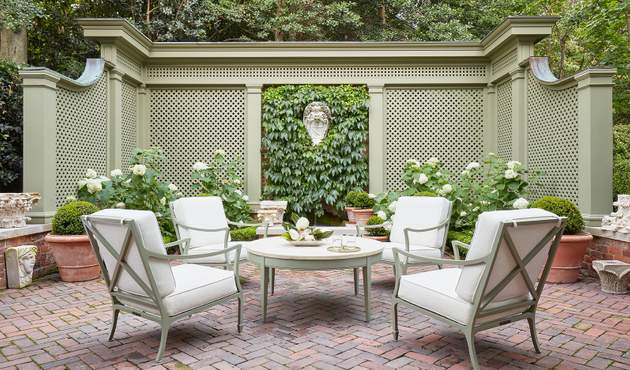

Sowing Seeds
September often conjures up images of long afternoon drives to view the bright foliage, apple picking in the crisp air, and carving jack-o-lanterns with the little ones – but gardening? Well, not so much. But while gardening tasks frequently top our to-do list in the spring and summer, there is still important work to be done once we feel the first chill in the air. Our co-founders and friends share their fall gardening secrets. Sowing seeds now will reap springtime blooms.
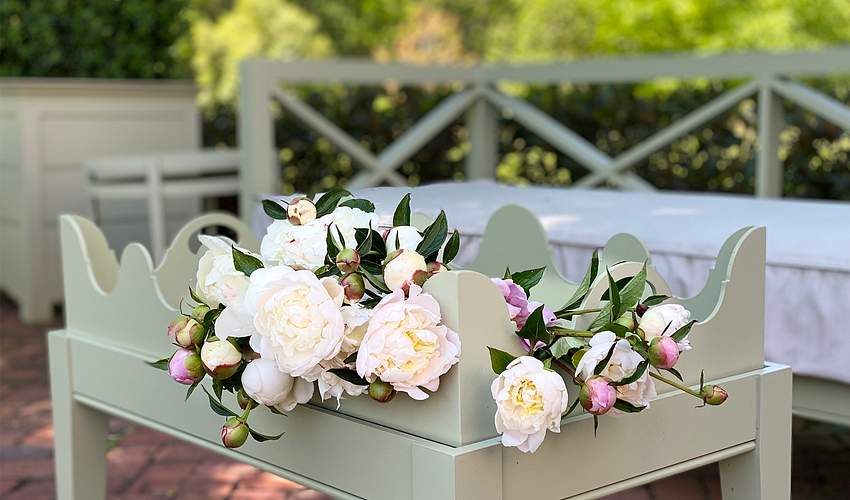

ANNE MASSIE
“Fall is the time when I look after my tools. I have all sorts of pruning tools and fall is not a time when I would use them. I sharpen my lopers, pruning shears, and clippers with a sharpening stone that I have had for years. It’s not glamorous work, but come spring I am so happy when I reach for my tools and they are all ready to go! Conversely, I have forgotten this important prep work and been mighty sorry when I’ve tried to prune with a dull tool on a beautiful spring morning! I wish I could say I am as diligent with my paint brushes!
Fall is the optimum time to plant or transplant peonies - tree peonies and herbaceous peonies. Peonies are my most favorite flower and tree peonies are at the top of the peony pecking order in my book. I have way too many to count and they are definitely in the “gift that keeps on giving” category - as every year they continue to grow, producing more and more blooms. They don’t look like much in the fall but if you need to transplant or plant, fall is the very best time to get them situated so they are free to do their thing in the spring. I am not sure there is any bloom more beautiful than a peony, some blooms are just so incredible that they don’t even seem real. I have been known to plan trips around when mine bloom so as not to miss the drama and I know lots of gardening friends who do the same. Peonies reward more than once - the experience of blooming in the garden and then again when you cut them to bring inside. Fall is the time to dream.”
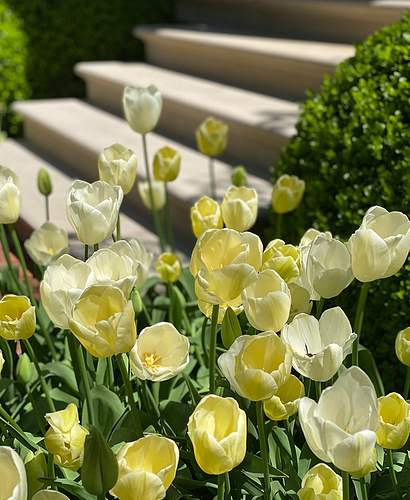
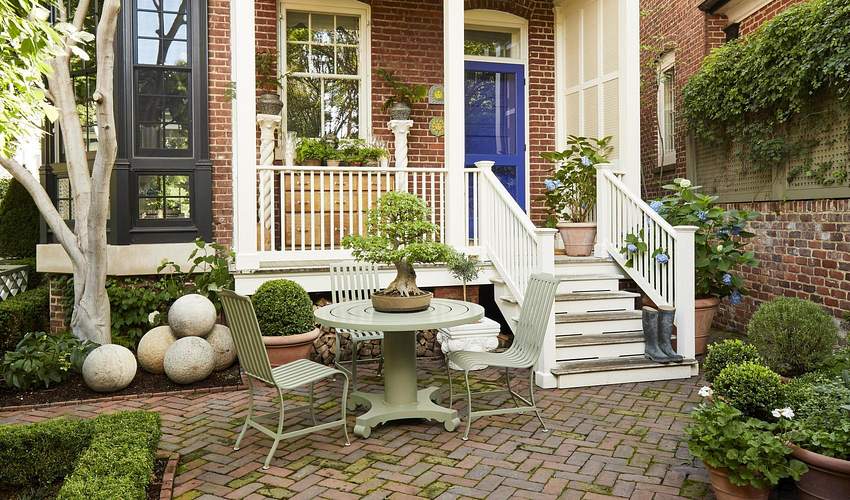
WILL MASSIE
“Grass is one of the most challenging things to grow in the South! My lawn is looking its worst at the end of a hot and dry summer. I’ve just aerated, seeded and top dressed my lawn with composted mushrooms. Composted mushrooms are a really great organic slow release fertilizer for grass. A lush green lawn is such a luxury and is really easy and satisfying to grow from seed in just a couple of weeks. In early fall, I’m ordering spring bulbs to plant in November. Every year, I plant lots of pots of Muscari Armeniacum, Blue Jacket Hyacinths, and Maureen Tulips (White). I plant spring bulbs in pots so I can move them into urns and around the garden. The Muscari is this gorgeous Marjorelle Blue that matches our back door that’s painted M&H Marrakech Blue.
I use black plastic pots for the Maureen Tulips and will move the pots in the spring under Hellebores. The pots will be totally hidden by the foliage of the Hellebores and are easy to remove once they are finished blooming.”
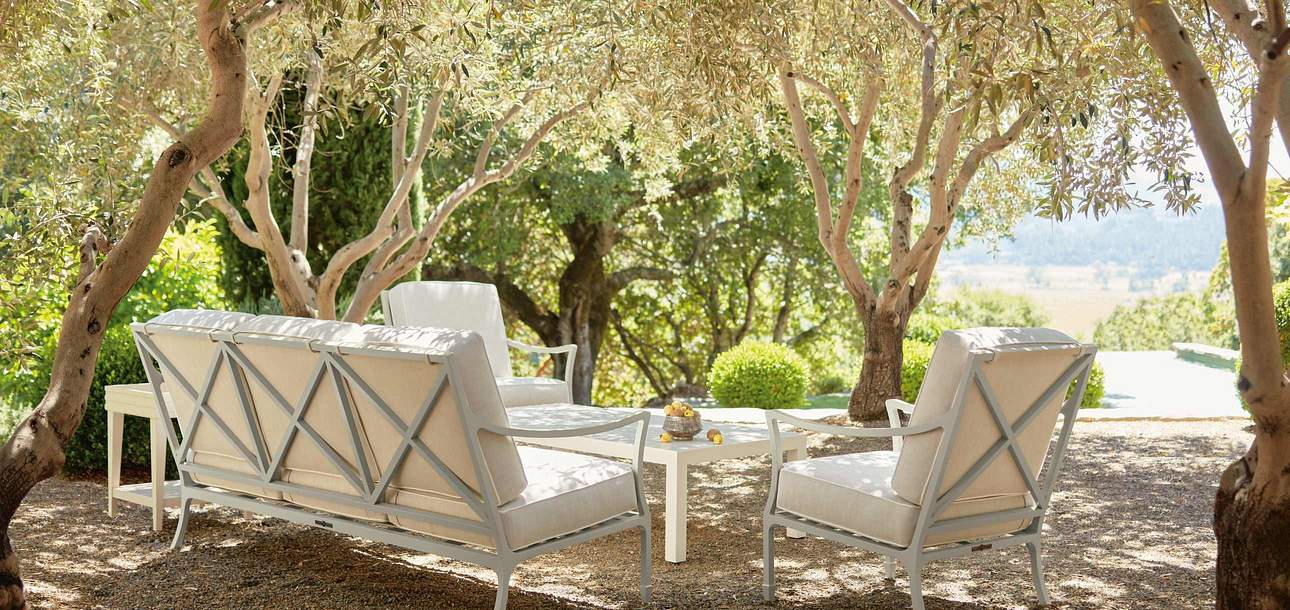
Christopher Spitzmiller of
Clove Brooke Farm
“October is a great time for adding nearly any variety of tree or shrub to your garden. Planting in the fall, when the days are cooler and rainfall picks back up, helps new plant material to establish roots before winter dormancy. This fall I’m adding two new trees to the garden, a Northern Catalpa and Venus Dogwood.
We also plant tons of spring flowering bulbs every fall, last year 8,000 went in. One of the gardens receives 2,000 new tulip bulbs every year to ensure a dazzling show each May, and other bulb varieties include crocus, snowdrops, scilla, cammasia, and lillies. We also plant peonies every fall. It really is the best time to invest in a colorful and delightful spring!”
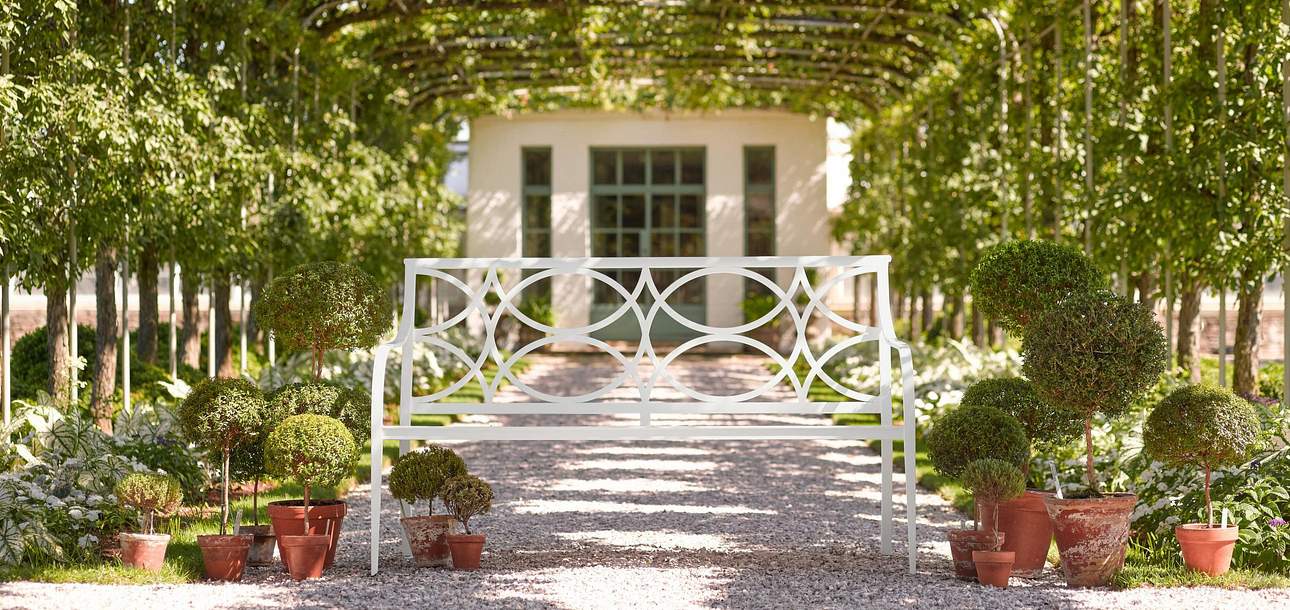
Arne Maynard
“As the summer months draw to an end, and the garden takes on the warm, comforting tones of autumn, it’s important to keep up with the dead-heading to encourage as many late blooms in the garden as possible. Keep cutting stems for the house and remember to add in branches of foliage, hips and berries, to keep the displays as seasonal and full as possible. The dahlias we have been anticipating all year are now in full swing and what a treat to have armfuls of colour for the house this month.
Topiary are being clipped now for the last time before winter, so that we can enjoy their sharp outlines in the frosts, whilst the colchicums, which are about to start flowering, remind me to put in the last of the spring flowering bulb orders. Ornamental grasses are really coming into their own now as seed heads sway in the breeze and the diffused late summer sunlight casts shadows on paths and lawns from the back of the borders. Make a note of those that are getting too large and plan to split the plant later in the autumn – putting a spade to a grass clump is a great way to expand your plant collection.
You may want to collect seed from some of your favourite perennials and annuals that are going over. Hollyhocks, species Dahlia merckii, foxglove (my favourite is Digitalis ferruginea), cosmos and sweet peas are all worth collecting for next year and what you don’t use yourself, you can package and gift as presents for friends. I often include a small packet of home-grown seeds with my Christmas cards – it’s such a lovely way to spread a little joy.
The kitchen garden should still be producing a steady crop of salad and fruit, but it’s time to start sowing crops for winter harvesting and early spring pickings. Broad beans, which I love, can be sown now to establish over winter for earlier cropping next year and radishes, which take only a few weeks to mature, can still be sown now for a late salad colour. I plant garlic and onion sets in autumn/fall too, which I prefer to harvest and use fresh in the late spring, rather than storing them for winter.”


